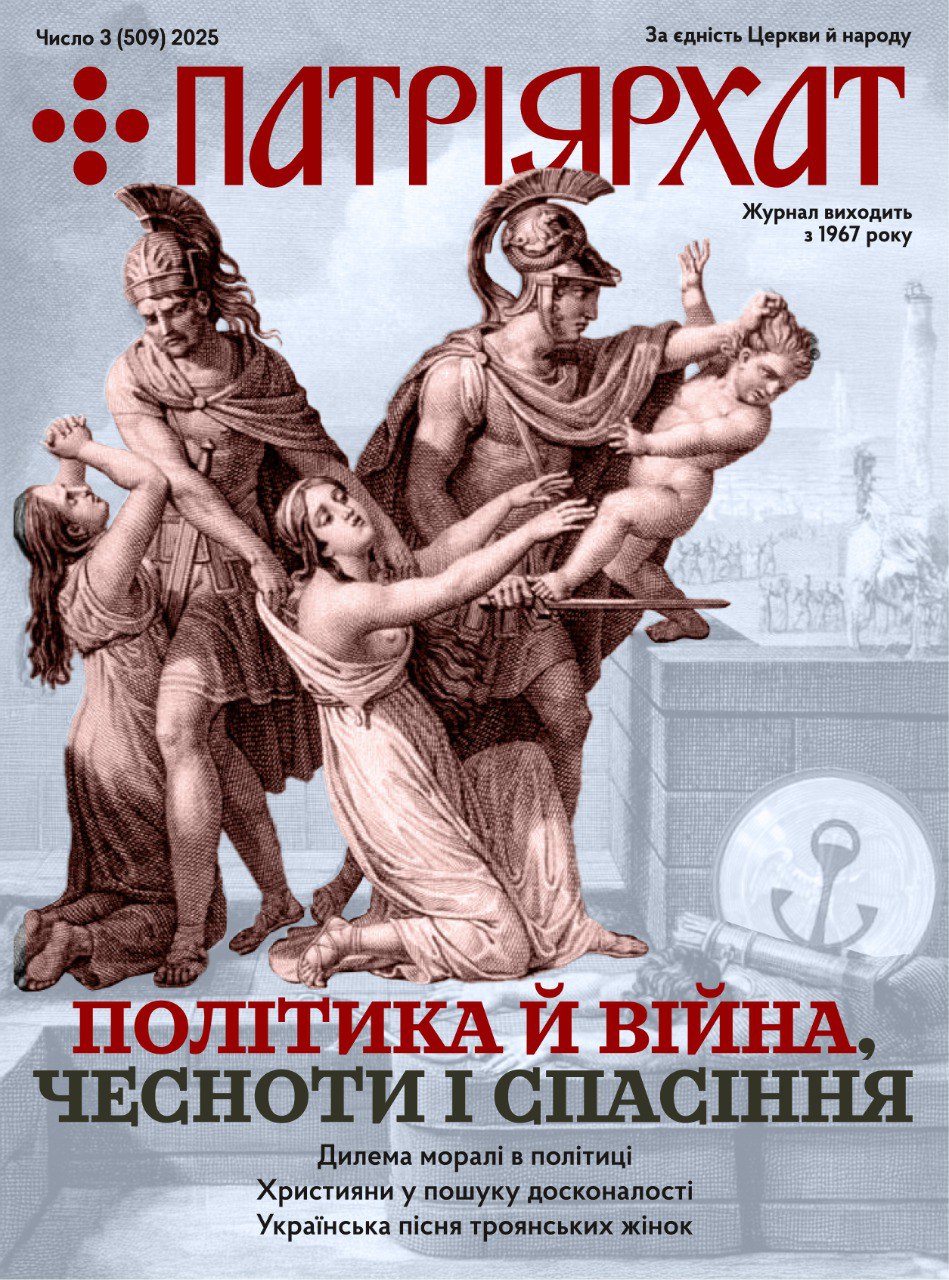Our disputatious author criticizes the news service of the New York Times for conveying what he describes as an “erroneous impression” of the November Synod thereby forcing the Ukrainian bishops “to reaffirm their loyalty to the Holy See”, (p.71). The news stories did not report that the Ukrainian bishops severed their loyalty to the digitized by ukrbiblioteka.org
Holy See or that they had any intention of doing so. There were no dogmatic differences between the Ukrainian Catholic hierarchs and the Vatican then, nor are there now. There existed then and there continue to exist only differenòes as to the interpretation of the rights to an autonomous administration for their Church. This can by no stretch of an imagination be termed a schism. The aim of the patriarchal movement is neither to sever the affiliation of the Ukrainian Catholic Church with the Vatican nor permit the assimilation of this Church into Latin Rite. Its goal is to gain recognition of the rights of this Particular Church within the confines of the Universal Church — the Church for solidarity with which the Ukrainians, in the words of their Major-Archbishop spoken at the Papal Synod in October 1971, have “sacrificed rivers of blood and mountains of bodies”.
Mr. Edward B. Fiske and the New York Times are to be congratulated for their objective reporting of the November Synod. There are no legitimate grounds for Pospishil1s criticism. The New York Times clearly portrayed the situation — defiance, yes; secession, noi Such fair reporting as practiced by Fiske and his colleagues can only be praised.
Sadly, but in all fairness it must be said The Quest for an Ukrainian Catholic Patriarchate hardly rectifies the “misconception” Bishop Losten sees among Ukrainian Catholics. If anything, it adds to the confusion of the Ukrainian People of God.

